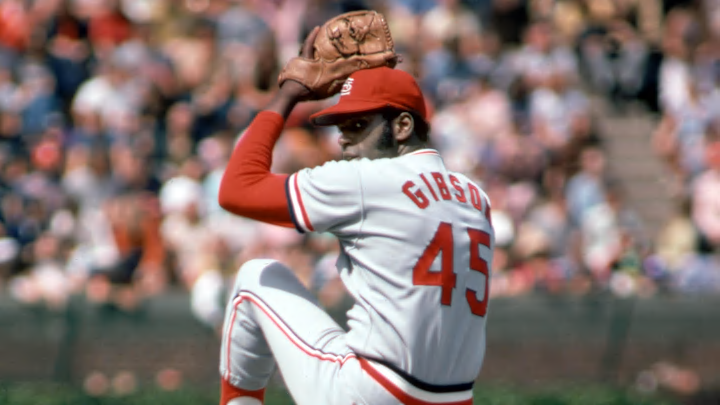These are the five greatest starting pitchers to ever toe the rubber for the St. Louis Cardinals.
In a bygone era where bullpen arms were used sparingly and starters were expected to go the distance every time out, one titan looms above all others in the St. Louis Cardinals' pitching pantheon, but the team has had several starting pitchers make it to Cooperstown and others be enshrined in the Cardinals' Hall of Fame.
This is a part of a running series on Redbird Rants ranking the top 5 Cardinals at each position. You can find the other position groups we have ranked so far below.
Honorable mentions
Bob Forsch
Although he never made an All-Star team, Bob Forsch was a stalwart in the Cardinals' rotation from 1974 to 1987. In 15 years of pitching for the Cardinals, Forsch had an ERA of 3.67 and is fourth in wins in franchise history with 163.
Jesse Haines
Jesse Haines rode his knuckleball to an 18-year career with the Cardinals, from 1920 to 1937. He is second in Cardinals history with 3,208.2 innings pitched. In 1927, Haines led the major leagues with six shutouts. He was inducted into the Hall of Fame via the Veteran's Committee in 1970.
Max Lanier
Max Lanier was a two-time All-Star who won the final game of the 1943 "Streetcar" World Series against the St. Louis Browns. In 12 years with the Cardinals, Lanier had a 2.84 ERA and a record of 101-69.
Chris Carpenter
A middling pitcher in six years with the Toronto Blue Jays, Chris Carpenter flourished under the tutelage of pitching coach Dave Duncan when he signed with the Cardinals. He won the National League Cy Young Award in 2005 and made three All-Star appearances.
